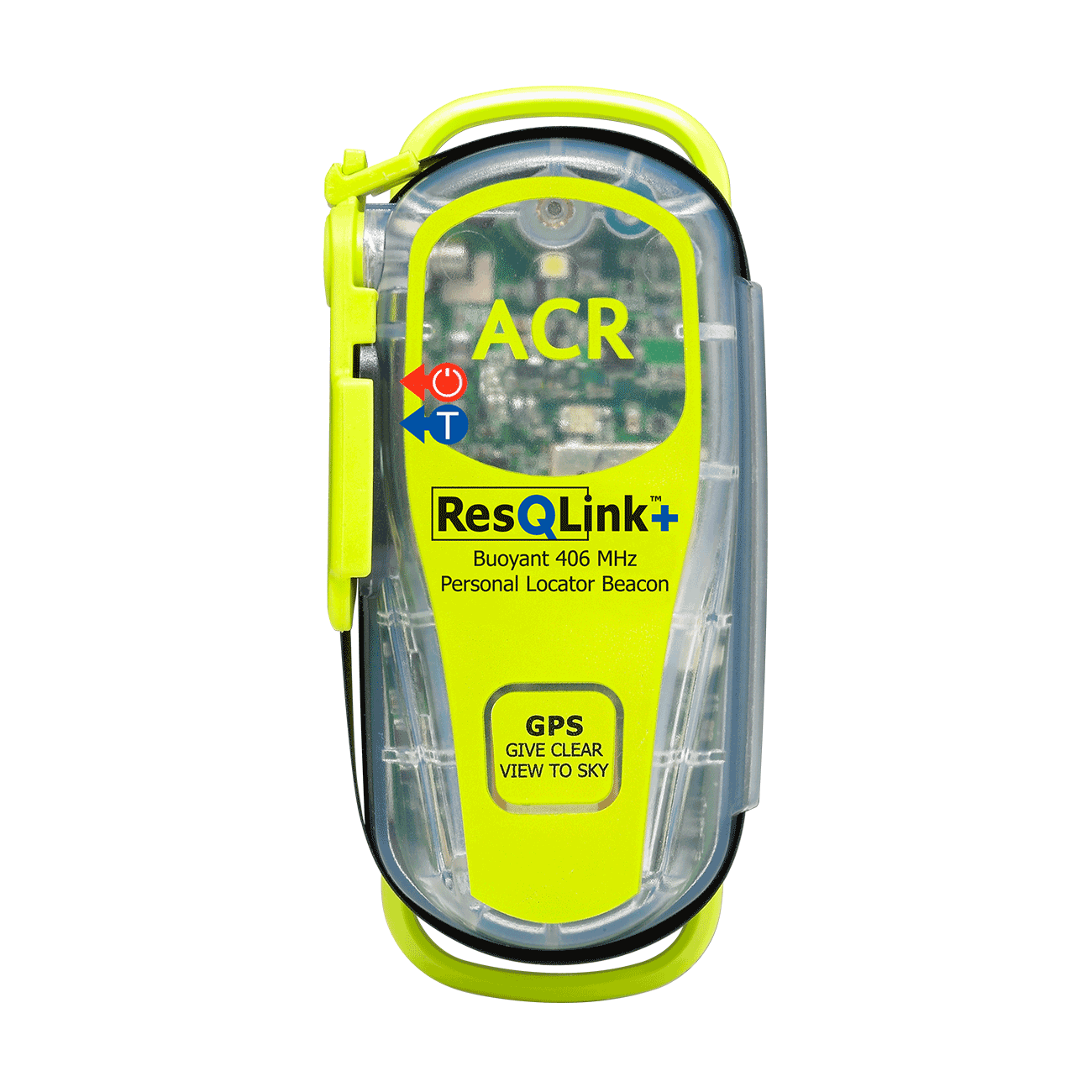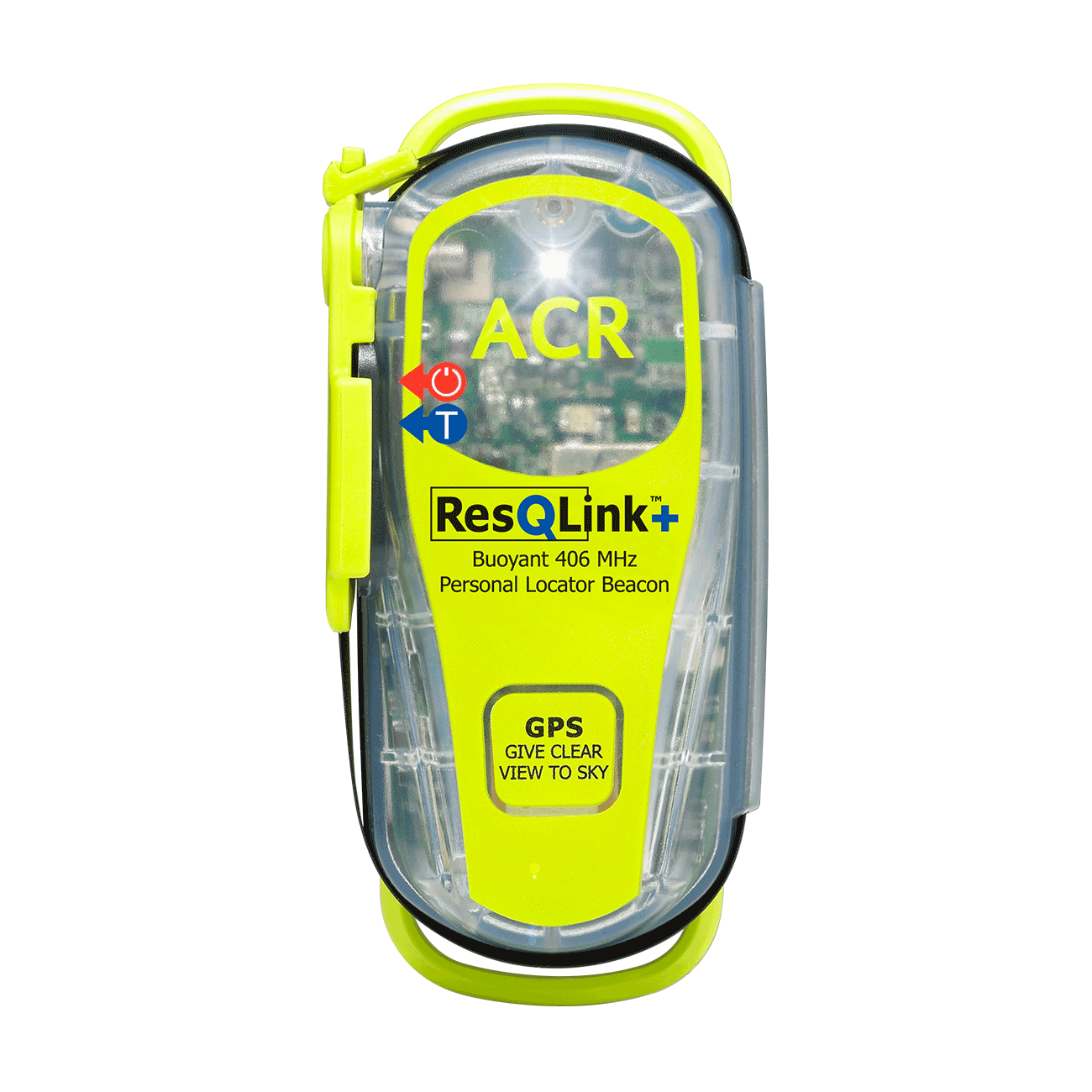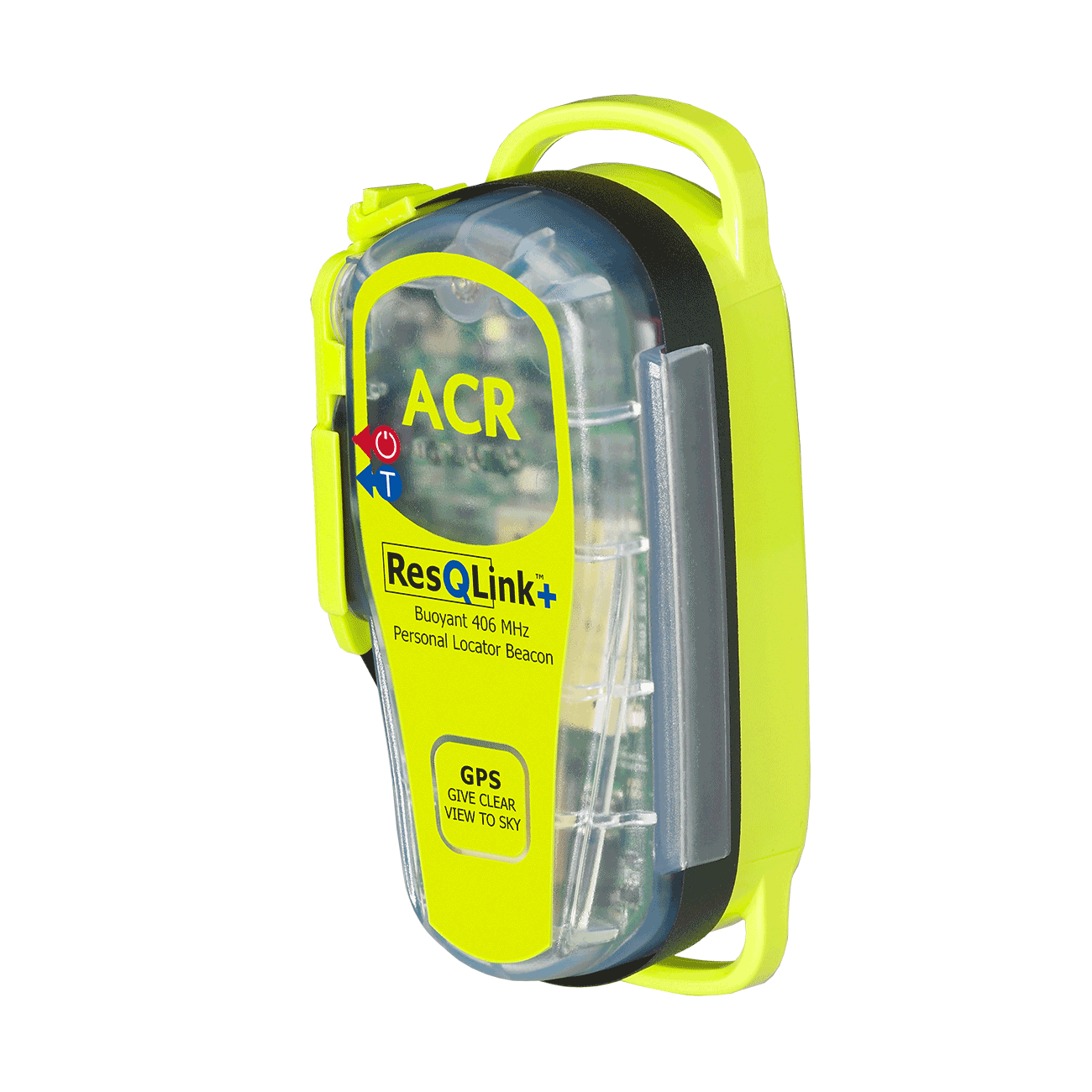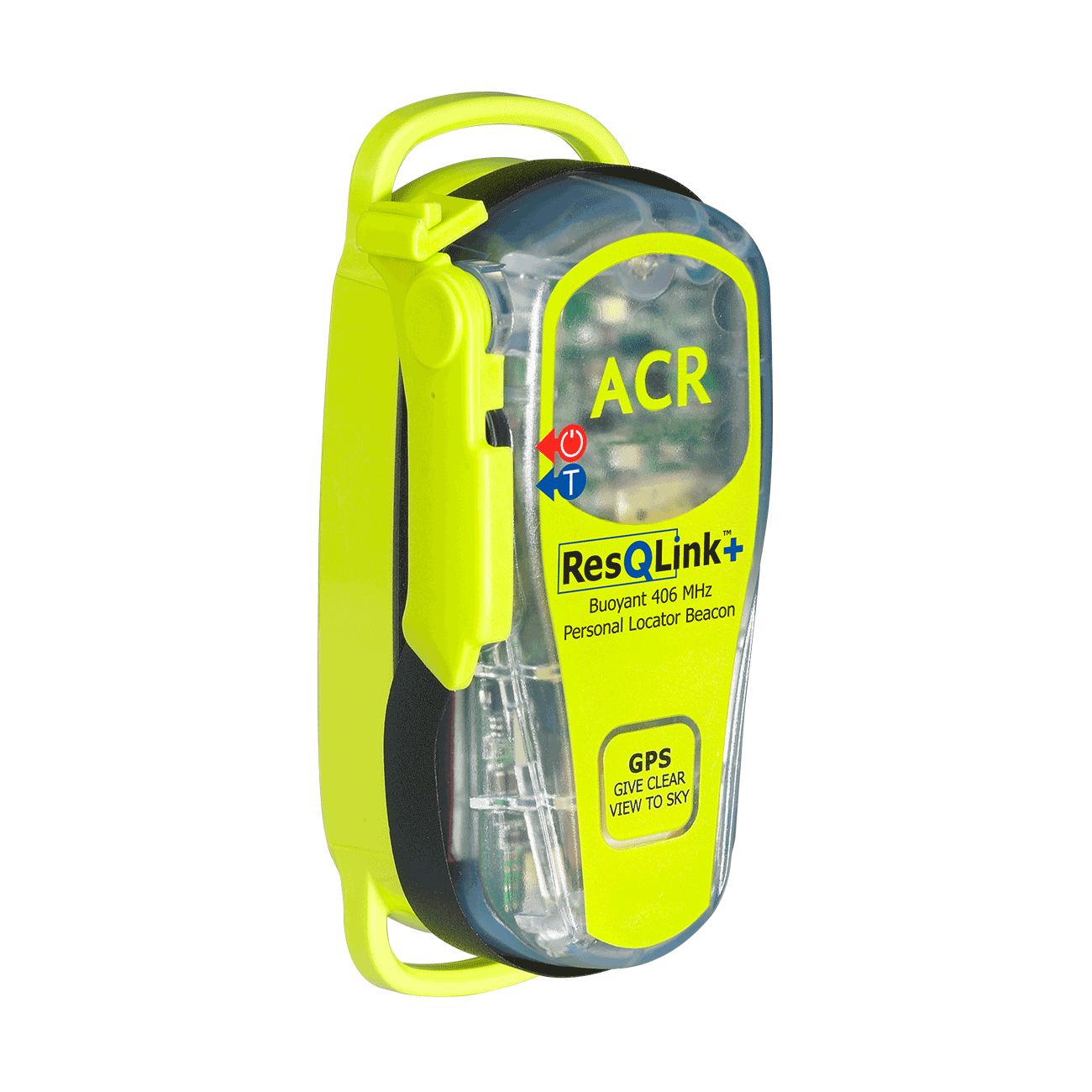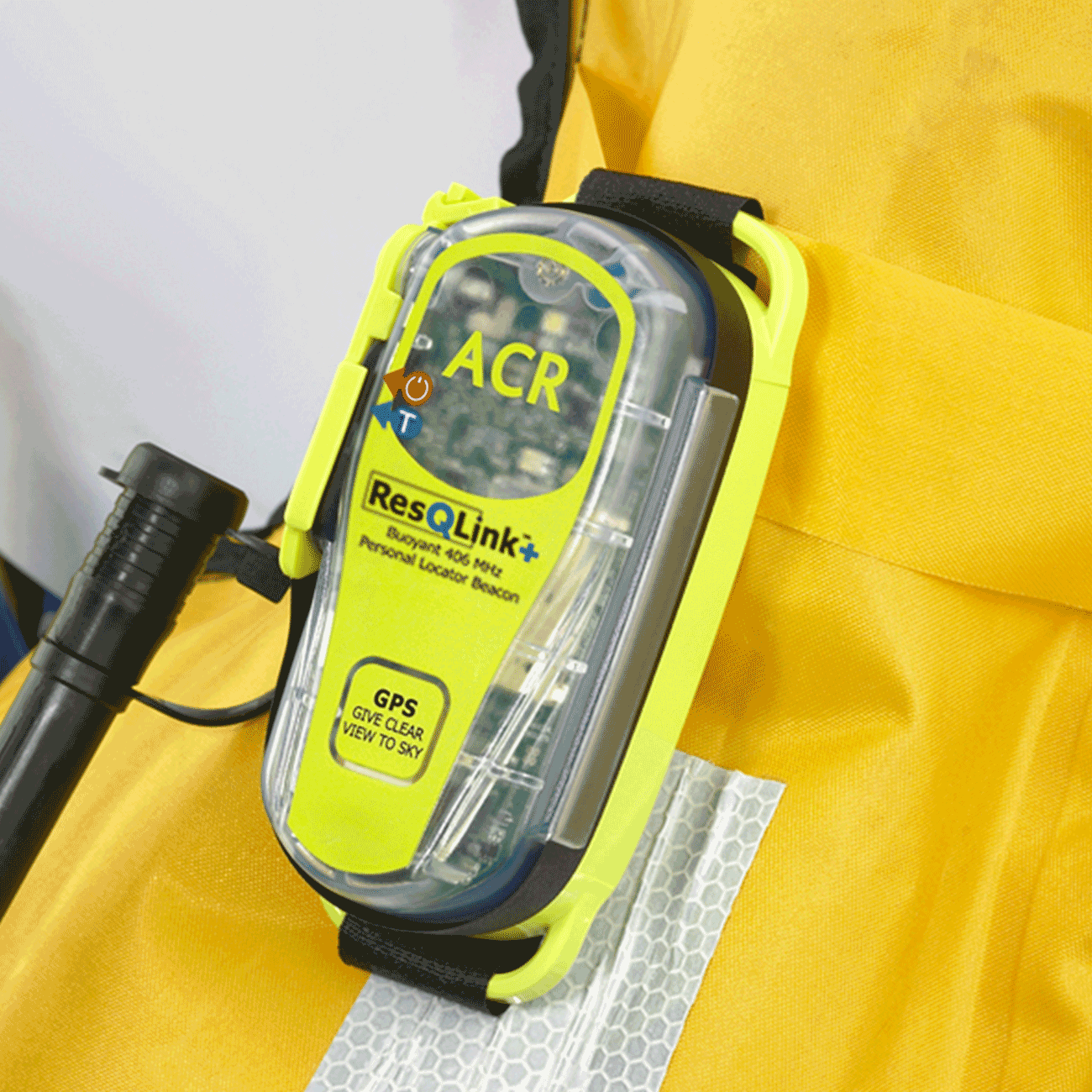Lives saved
1

Hiking

Mountain

Weather

Snow

Thunder storm
Rocky Mountain National Park
40.2658181°N, -105.6647273°W
Posted on May 2, 2018 by Paul
What happened?
Rescue at 12,300 feet in Rocky Mountain National Park I am a highly experienced hiker and backpacker but this time circumstances occurred I could not fix by myself. For years I have always hiked and snowmachined with my ResQLink+ incase this moment ever came. After hiking 8 miles in, ascending a glacier, being buffeted by gale force winds, I finally started my descent from Mt. Powell down to a knife-edge ridge to Thatchtop Mountain. It was about 5:30 PM. I learned that climbing down to and on a narrow ridge is much harder than climbing up a narrow ridge. I came to a place where I had no easy route across a long snow patch. On one side of the ridge was an almost 90 degree drop so I had to stay toward the opposite side. The area to walk was a 60 degree sloped area of the ridge. I had no technical climbing gear with me to tie off. When I dropped down onto the long narrow snow patch my feet immediately slipped on the snow and ice instead of sinking in. The rock was slab rock, smooth with nothing to grab to stop my slide. I started sliding so quickly I could not self-arrest before colliding with some boulders which I had anticipated would stop my slide if it happened. Instead I cart-wheeled over the boulders and only stopped when my right leg post-holed deep into the snow on the downhill side of the boulders. Had I not stopped I probably would have continued sliding to the edge of a 1500-foot drop. I crawled to narrow flat space to regroup my thoughts and emotions. It is now about 6 PM as I sat on a highly exposed ridge above Sky Pond Lake at 12,000 feet. I had injured my left arm and elbow and thought my right knee may be sprained. After evaluating that the only three options to go back up to the ridge all involved scree fields, smooth rocks with no hand holds or more snow and ice where one slip would probably mean falling to my death, I realized I was stuck unable to go up or down. I finally decided to set off my ResQLink+ Personal Locater Beacon and try to get some help. With sketchy cell reception in the area, I was able to make one phone call out to a relative to alert them of my predicament but unable to get my phone to reach a tower again. My main hope was that a helicopter would come and lift me off my precarious slope before nightfall. No helicopter came. I later learned that once the National Park office was informed of my possible location and received the first reading of the Beacon signal by satellites, rescue protocols would not allow for a helicopter to be dispatched or a rescue team because of the lateness of the hour and limited remaining daylight. The first reading of my beacon signal correctly identified my location to the rescuers. The second reading was notably off, leading rescuers and family members to mistakenly think I had moved to a different location away from the ridge. We think this occurred because of my elevation and the mountain formations around me. I sat on a small 6 foot space of rock all night. In an effort to conserve body heat I consumed my remaining food and water, put on all the extra clothing I had and wrapped myself in my emergency space blanket hoping for a morning rescue. I would not allow myself to fall asleep because of concern I could roll off the edge and over a cliff. During the night the Personal Locater Beacon provided rescuers additional repeated signals indicating my correct position on the ridge so that the following morning rescuers knew my probable location to focus rescue operations. In addition to the beacon signal, I was able to get a phone signal in the morning and reached the National Park office rescue center to help them confirm my exact location. The first rescue team reached the lake below me around 8 AM and the first Ranger to get to me helicoptered in and made his way to me by 12:30 PM. Because of my precarious position and possible injuries it was decided best to lower me the 1500 to 2000 feet down to Sky Pond. After securing the anchors and ropes by a highly skilled and wonderfully supportive mountain rescue team, it took 2.5 hours to lower me to Sky Pond about 2000 feet below my perch. My injuries were such that I was able to walk out the 5 miles to the trailhead I had started from the previous morning. I got out of the whole situation with only a large puncture wound and bruised bone on my left elbow. I consider myself very lucky to be alive. The ResQLink+ was my ace in the hole to know that someone would be alerted I was in trouble and needed help. I never relied on phones in Alaska and knew that cell phones are not a good backup because of the lack of backcountry towers. There is no substitute for satellite reception when far away from people. As I sat through the cold night in the 30 degrees temperatures, exposed to the continual winds, high on a 60 degree sloping ridge, staying awake so as not to fall off to my death, I knew that eventually someone would come to help me because of my beacon’s signal. My father gave both my brother and me an ACR PLB when we went off to college with the phrase, “so we could always find our way home.” That day the beacon helped the incredibly skilled Rocky Mountain National Park Rescue teams find me and help me come home alive. I am so grateful for having the Personal Locator Beacon and all those who rescued me off the ridge. I will continue to always carry my ResQLink+. Paul L.
Words of wisdom
My father gave both my brother and me an ACR PLB when we went off to college with the phrase, “so we could always find our way home.”
Thank you note
Rescue location
Mt. Powell , Rocky Mountain National Park
Rescue team
Local Search and Rescue
ResQLink™+
Go to product details- Buoyant
- LED strobe light
- Self Test
- 66 Channel GPS
- Easy emergency activation
- Antenna clip
Out of stock

